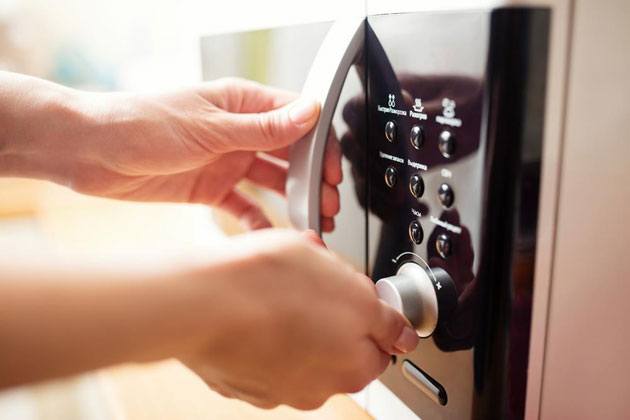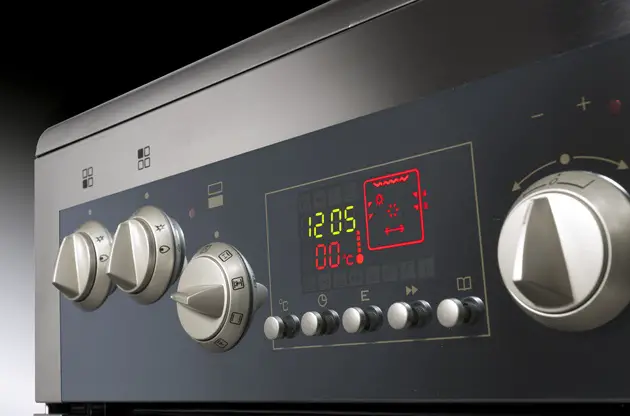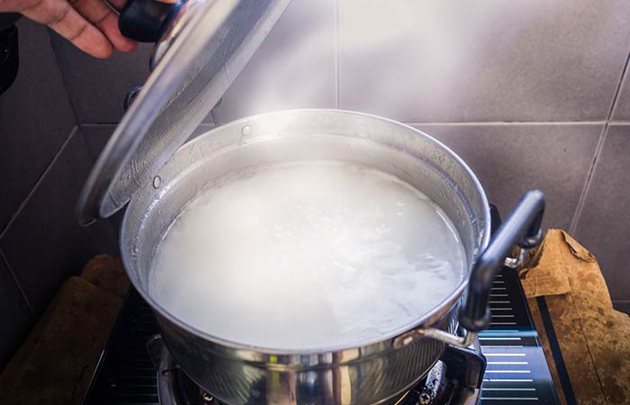If you love grilling and barbecuing, you probably like making pulled pork, too. This delicacy is pretty common, especially to pitmasters. But for ordinary folks like us, pulled pork is more than a delight. That’s why we do our best to preserve this treat, even after a day or two of its cooking.
Now, you can’t fully enjoy a pulled pork without knowing the basics of reheating. Don’t ever think that by just putting the meat inside your oven, it is already reheated. There is a good chance that it would dry off and the texture would never be as palpable as you made it.
So how to reheat pulled pork? Well, to be honest, there are various ways to do it. You can learn two to three of these methods and see which one of them you are comfortable with. I will introduce you to these approaches, so better buckle up your seats because we are going to a wild food ride!
How to Reheat Pulled Pork
The process of reheating pulled pork actually begins right after you smoked it on your charcoal or electric smoker. Specifically, you need to keep the drippings in the pan. You are going to use the liquid and integrate it with the meat before you are going to store it in your fridge. The drippings will keep the meat juicy and moist even after you reheat it.
Method 1: Microwave
The fastest way you can reheat a pulled pork is through the use of your microwave. Some of you might think that reheating food inside the device is unhealthy. In fact, a few might see this method repulsive.

However, there is one good hack to make this approach healthy and acceptable. Just follow the instructions I listed below.
Step 1:
Given that you have kept the pan drippings during the smoking process, you can already put it in your fridge. Let the liquid be cooled for hours, or until such time that a fatty layer will grow. Just let it get chilled. You can just scrape off the fat with the use of a sharp knife. By this time, only the juice remains.
Step 2:
Add the juice to the leftover pulled pork and put them back in the refrigerator. Doing this process is essential, as it prevents the moisture from escaping. If you don’t do this, you can expect that the meat will be too dry once reheated. Let the meat stay in the fridge overnight.
Step 3:
After refrigerating, you can optionally add your favorite barbecue sauce to the pulled pork. But don’t pour too much. It will ruin the meat since you are going to put it in the microwave, anyway.
Step 4:
Once done, you can already shove the pulled pork to the oven and let it be reheated for around two minutes. Alternatively, you can stop reheating once the meat reaches an internal temperature of around 160 degrees Fahrenheit. Use a meat thermometer so that you can get an accurate reading.
Method 2: Oven

Well, it is obvious that using an oven for reheating pulled pork is pretty conventional nowadays. Many people prefer this way over microwaving because it is convenient and safe. Also, it is the ideal method if you are dealing with large volumes of pork.
Step 1:
Same as the first method, you should gather the drippings in the pan right after you grilled or smoked the pulled pork. Put it in the refrigerator, scrape the fat, then add it to the leftover meat. Once done, put the meat in the refrigerator overnight.
Step 2:
Alternatively, including juice or barbecue sauce to the pulled pork is a good idea to rejuvenate the flavor of the meat. But once again, let me remind you that you should not overdo it.
Step 3:
Unlike using a microwave, reheating through the use of your oven takes time. But it is not that long. If you consider 30 minutes long already, then I can’t do anything about it. Just crank the device so that it can reach the internal temperature to 250 degrees Fahrenheit.
Make sure that the pulled pork is covered with an oven-safe foil before you put in the oven. Wait for 30 minutes or until the internal temperature of the meat reaches around 165 degrees Fahrenheit.
Method 3: Crockpot

Reheating the meat in your crockpot is perhaps the most convenient and hassle-free method here. You can just set the crock pot running and leave it so that you can do other more important errands in your house.
Step 1:
Just follow the same preparatory steps in the first two methods that I have mentioned here. Again, let me emphasize that the drippings from the smoking process will enable the meat to remain moist even after the reheating process.
Step 2:
Integrate the juice into the meat and put them in the refrigerator. Let them stay there overnight. If you want to enhance the flavor of the food, add your favorite sauces and condiments moderately.
Step 3:
Now, you can put the meat on the crockpot. Set the temperature to warm and let the device reheat the meat for you. The process takes time, usually in hours. Just make sure that you remove the meat to the crockpot once its internal temperature already reached 165 degrees Fahrenheit.
Method 4: Boiling

The last technique that I am going to show is reheating through boiling. Now, this approach does not really follow the conventional process of boiling in where you just expose the ingredient to the water. Instead, this method will require you to cover the pulled pork in a vacuum-seal bag.
Step 1:
Put the pan drippings on the vacuum seal bag with the meat. Once satisfied, remove the air from the bag and seal it thoroughly. Next, refrigerate the bag and take it only when you are ready to reheat the meat.
Step 2:
Set the temperature of your stove to its highest setting and put a pot of water there. Let the water boil for a while.
Step 3:
After that, turn off the stove and place the meat-filled vacuum-seal bag. Let it soak there for around 30 minutes or until its internal temperature reaches 165 degrees Fahrenheit.
Conclusion
It is essential that you know how to reheat pulled pork. With this simple knowledge, you can take advantage of the full flavors of the meat without leaving any waste. The reheating methods that I have listed here are efficient and can yield your desired results.
But if you are going to ask me, the best approach among them is through boiling. Since you are not exposing the meat directly through the heat, overcooking won’t become an issue. Moreover, the moisture and texture of the meat are efficiently preserved here. But nonetheless, you are still free to choose whatever method that suits you.
Did you learn from this article? If you have questions or suggestions, just drop them in the comment section below. Also, don’t forget to hit like, share, and subscribe. Happy cooking!
